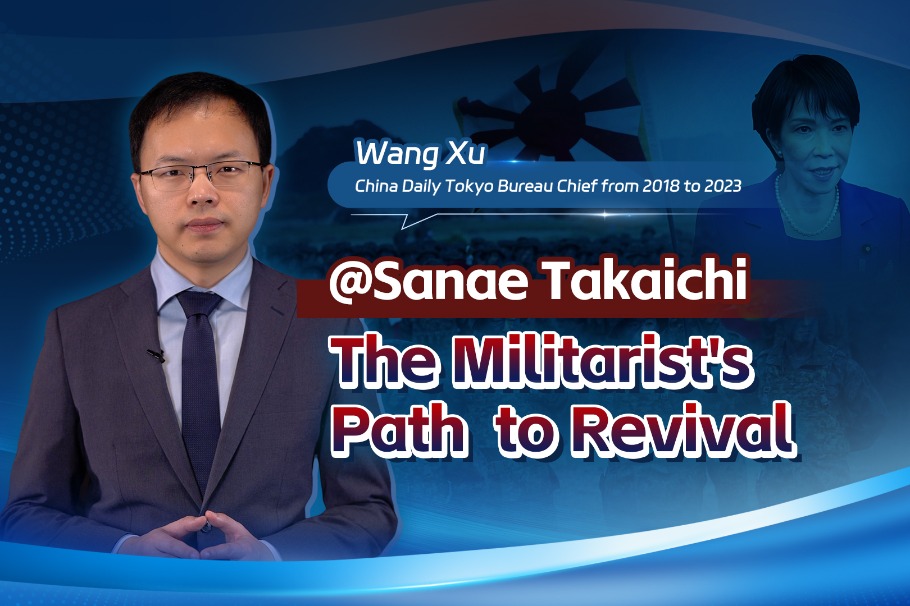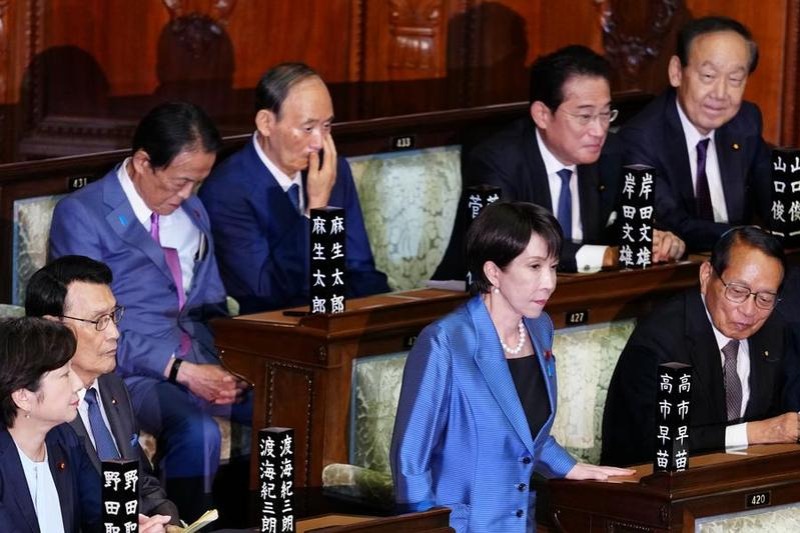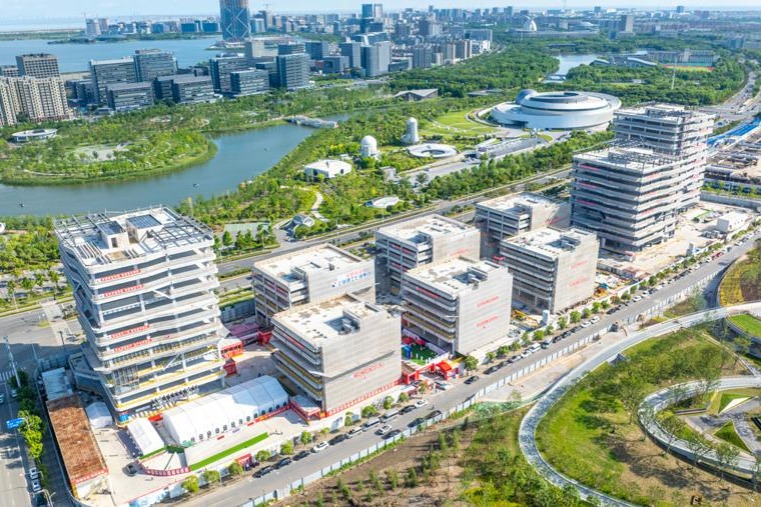Prominent pacesetters
Global South countries are the driving force behind the rise of a new type of globalization


The United States has turned against the liberal international order and started embracing economic protectionism, which has contributed to the decline of globalization.
Once the prime champion of globalization, the US' failure to properly handle the internal distribution of interests has provoked strong resentment among those who lost out under the globalization model.
For a long time, the US tied its growth to globalization, believing that globalization was synonymous with Americanization, and it reaped substantial benefits from the globalization process. After the Cold War, some US elites became so confident that they proclaimed "the end of history". With this mindset, the US actively supported and promoted globalization to enhance its own power.
However, this perception changed with the 2008 global financial crisis and China's rapid development in recent years. Now, many in the US tend to believe that globalization has benefited other countries at the expense of US interests and the US must withdraw from globalization to protect its interests.
At a deeper level, the US' abandoning of globalization reflected a dramatic domestic political shift to conservatism due to the growing inequality, social tensions, political polarization and identity politics in the country, as well as the decline of liberalism and the rise of nationalism.
The domestic issues have brought mounting pressure on both US political parties and the government. While other countries have seen rapid growth thanks to globalization, the US seemed to have fallen behind, fueling a public outcry.
Due to domestic political influence, the governance philosophies of US administrations, from "putting the middle class at the center" to "America First", have all prioritized US interests. This has made it difficult for globalization to progress. Some US elites are well aware that poor domestic governance and political confrontation and division are the root causes of the country's widening wealth gap, worsening public security, and manufacturing decline. However, in the face of stalled institutional reform, they have opted to shift the burden outward, and tried to pressure the rest of the world to bear the costs of addressing the US' domestic challenges.
By flagging the populist narrative of "Make America Great Again", Donald Trump won the presidential election for a second time. This meant the perception that globalization has undermined US interests will likely continue to prevail, and deglobalization may gain even broader public support in the years ahead in the US.
During Trump's first term in office, globalization was undermined in the process of the US exiting from multiple multilateral organizations and systems. This has led to a new type of globalization emerging characterized by the following features.
First, the driving force behind the new type of globalization is gradually shifting from the US to Global South countries, particularly the BRICS countries. While the US views globalization as detrimental to its interests and has therefore chosen to retreat from it. Global South countries see globalization as being in line with their interests and a pathway to economic growth, and demonstrate a strong commitment to advancing it.
Moreover, the US has increasingly employed economic sanctions in the pursuit of its strategic objectives. This has brought significant uncertainty to the economic development of some Global South countries. In response, these countries have realized the urgency of reforming the global governance system and subsequently intensified their efforts to advance the development of this new type of globalization.
From the turn of this century, the Global South has grown significantly stronger. Its collective share of global GDP has risen from around 20 percent in 2000 to approximately 40 percent in 2022, surpassing that of the US. Even if the US withdraws from the existing globalization framework, the Global South is still sufficiently capable of driving the development of this new type of globalization.
Second, the new globalization is shifting from the model of "dollars for manufactured goods" to a "manufactured goods for resources" model. The old US-led globalization was built on the dollar hegemony where the US, as a global financial center, used the dollar to import manufactured goods from other countries. In recent years, the US has increasingly abused this dollar privilege by issuing massive amounts of treasuries to fund imports. As a result, the US federal debt rose from $20 trillion in 2017 to nearly $36 trillion by 2024, with debt-to-GDP ratio climbing from 103 percent to over 120 percent. Essentially, the US is a debt-driven financial power sustained by dollar hegemony rather than a genuine trading nation.
In contrast, the new "manufactured goods for resources" model emphasizes equitable exchanges of finished products and resources between countries. Some nations provide resources such as minerals and energy, while others utilize their industrial capabilities to produce the goods in demand. This new model has fueled a robust rise in trade among Global South countries.
The key distinction between the two models lies in the fairness and equality. The "dollars for manufactured goods" model is inherently unfair, enabling one party to benefit disproportionately from the labor and resources of others while contributing little. The dollar to some extent serves as a global public good, but the US has gained huge and unfair benefits from the dollar's dominance.
Under the "manufactured goods for resources" model, countries are mutually dependent and equal in general, and engage in reciprocal exchanges based on their respective needs. Even when frictions arise, issues are more likely to be resolved through negotiations rather than hegemonic coercion.
Third, the governance model under the new type of globalization is shifting from the conventional to a new form of multilateral mechanism. The US administration has ignored and upset the traditional multilateral international system, and has been actively building bilateral and "minilateral" mechanisms. For example, it has strengthened the bilateral US-EU Trade and Technology Council, and has formed such exclusive cliques as the Chip 4 Alliance. These cliques and mechanisms are exclusive, ideologically driven, and limited in participation.
In response, Global South countries have begun to create a new type of multilateral mechanism in the pursuit of reliability, efficiency and fairness. Take the Asian Infrastructure Investment Bank as an example. It has steadily increased its investments since its founding in 2013. In 2023, its annual investment exceeded $10 billion for the first time, and the cumulative investments in all projects approved amounted to $50.47 billion. The BRICS mechanism stands as another prominent example of Global South cooperation.

The author is a deputy director and professor at the Center for American Studies at Fudan University. The author contributed this article to China Watch, a think tank powered by China Daily.
Contact the editor at editor@chinawatch.cn.


































